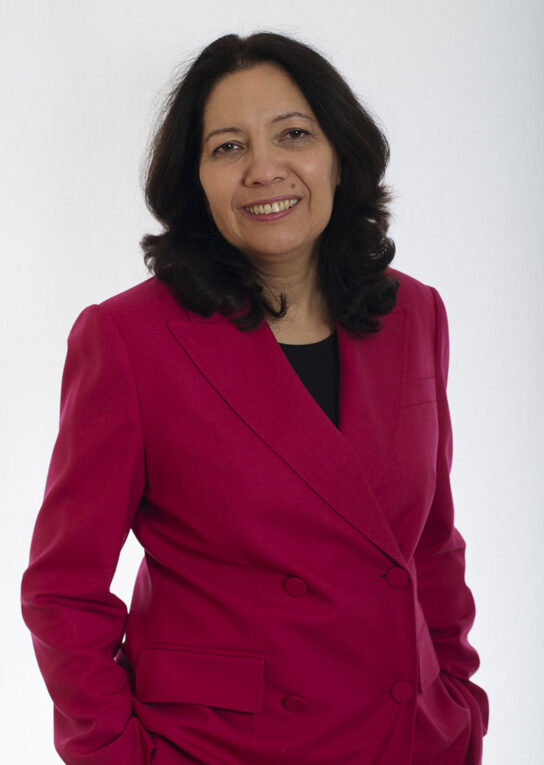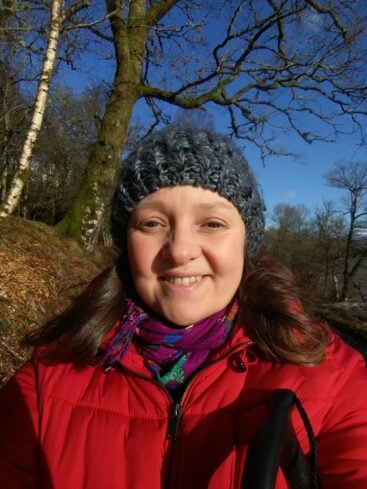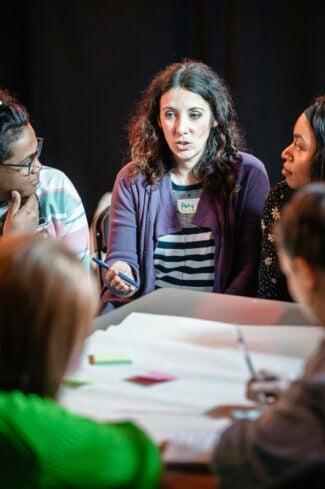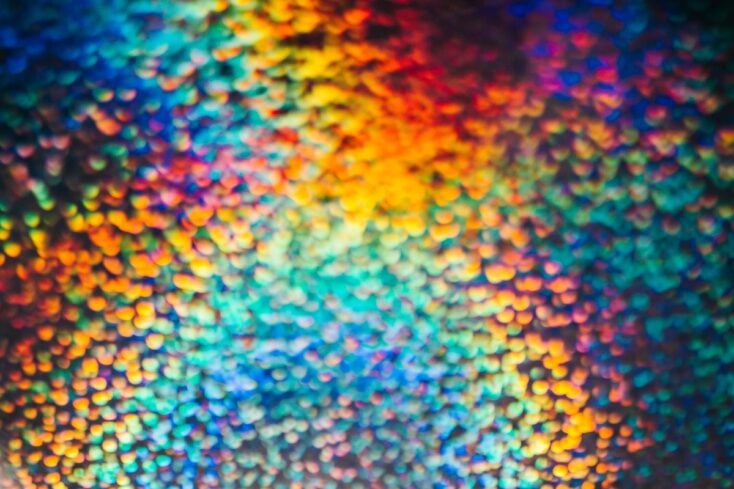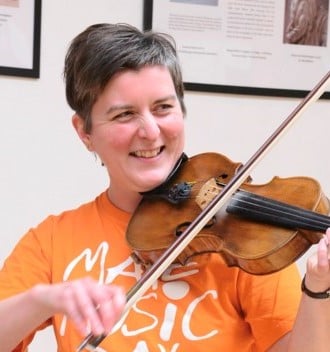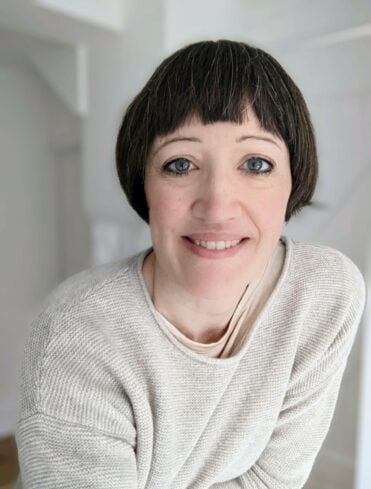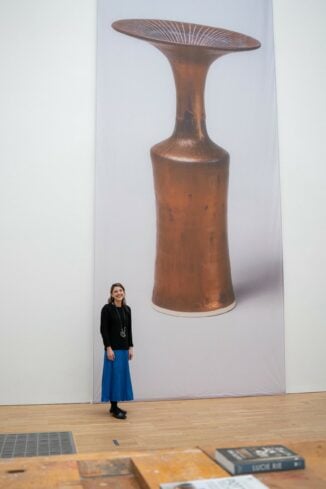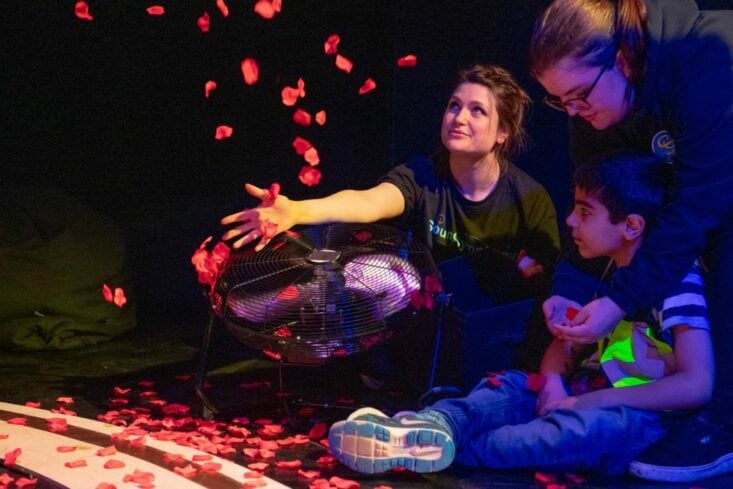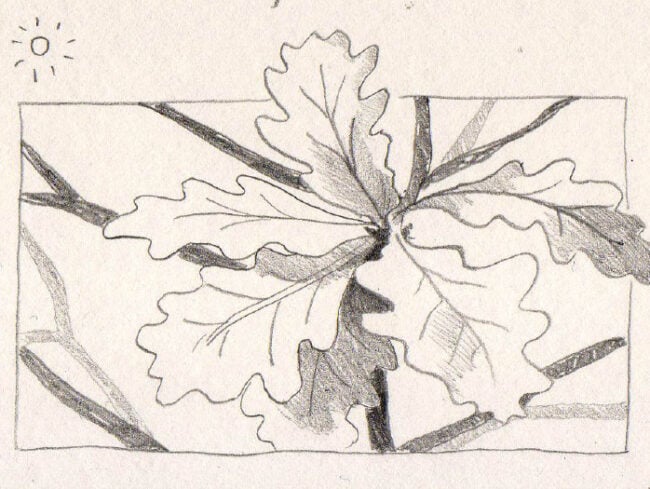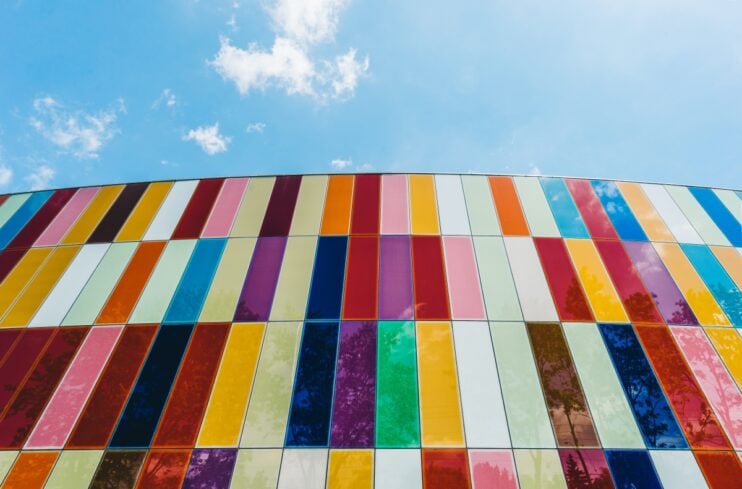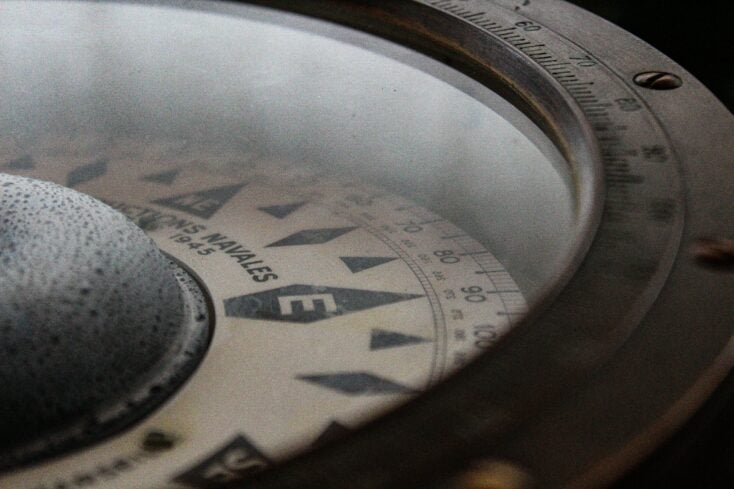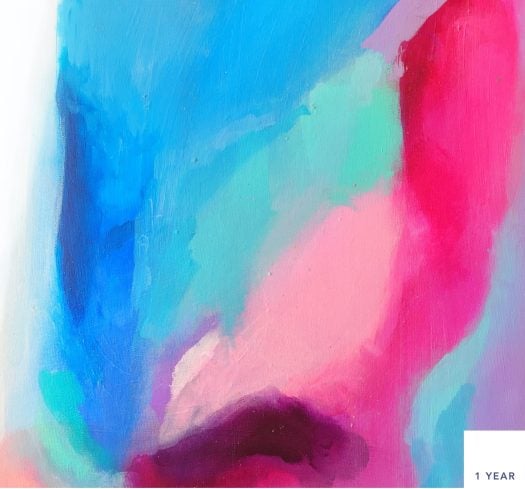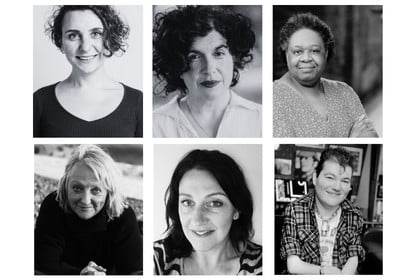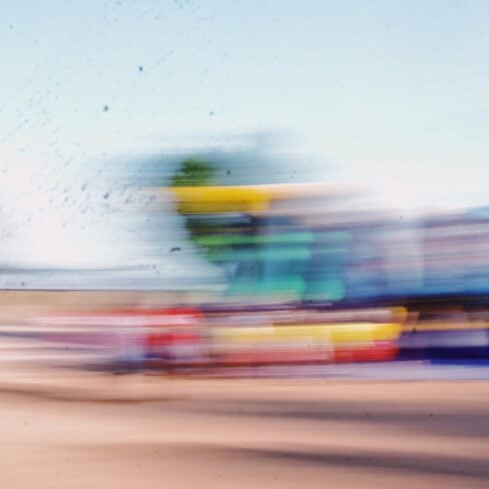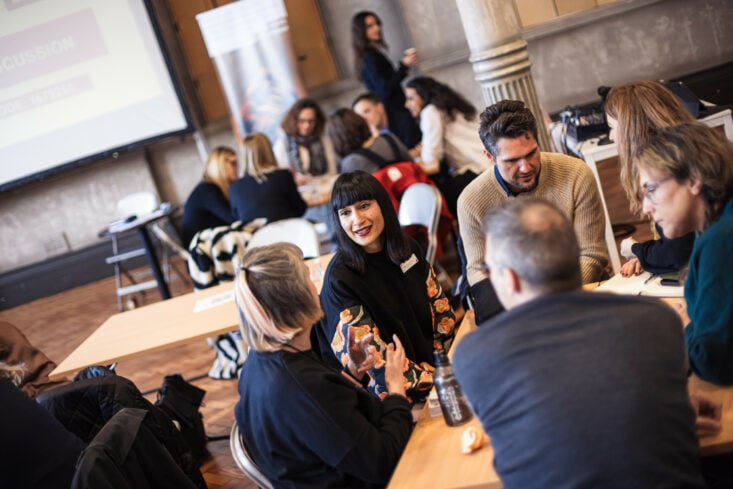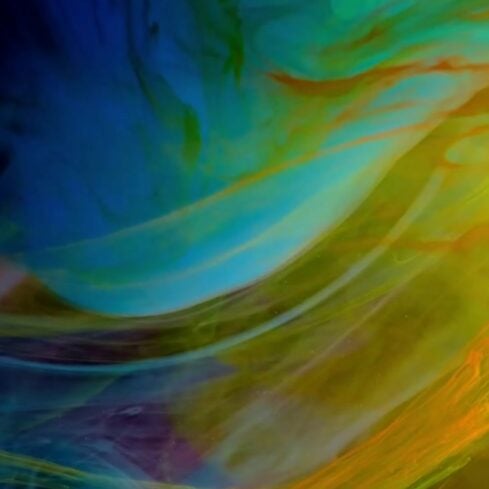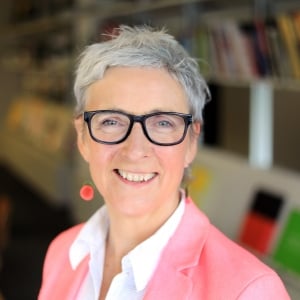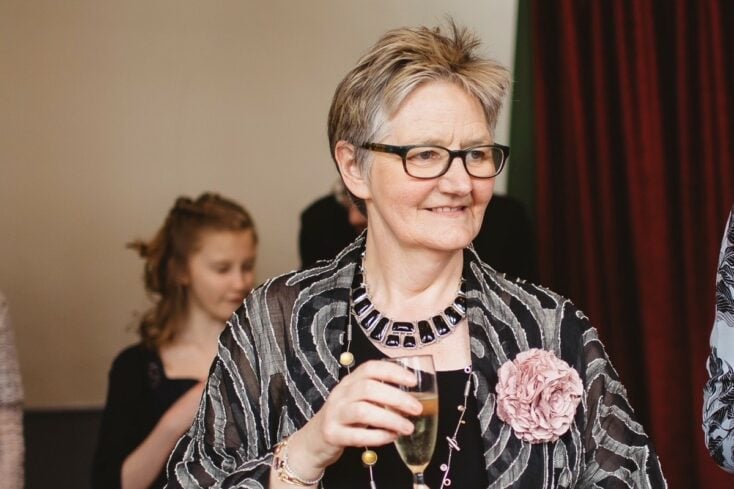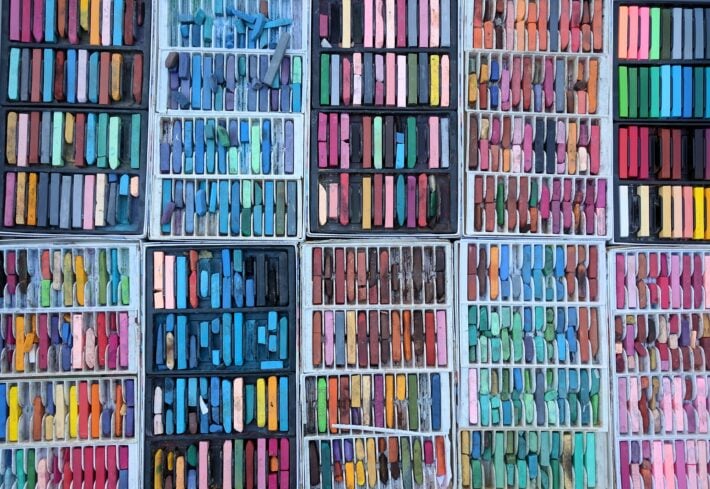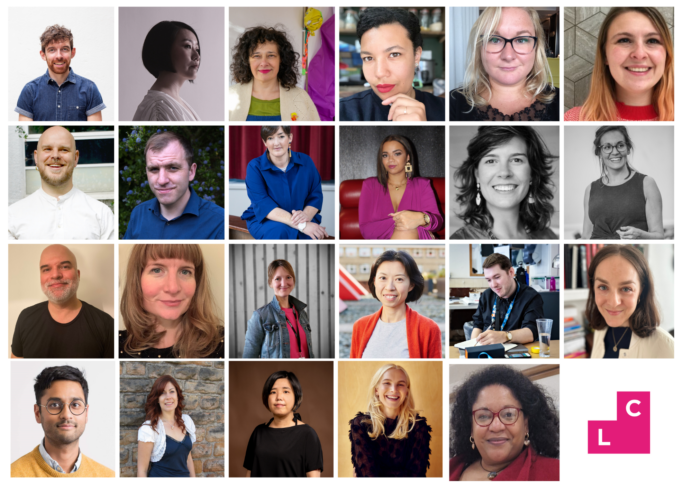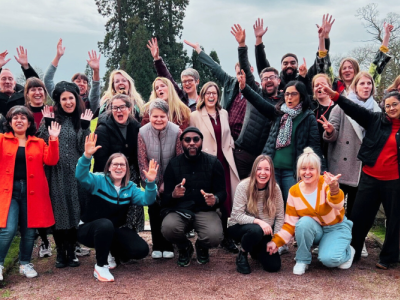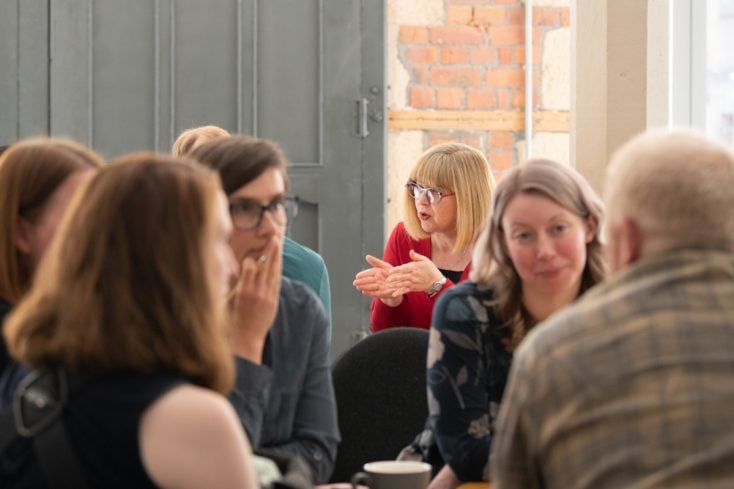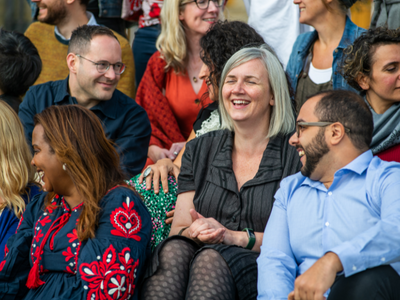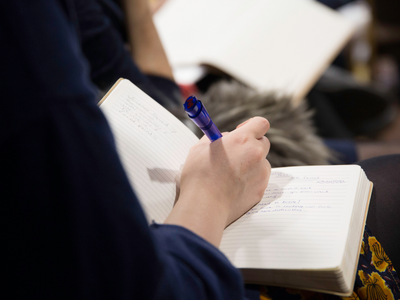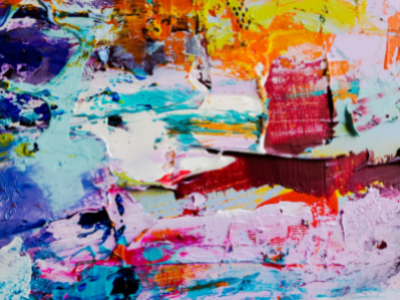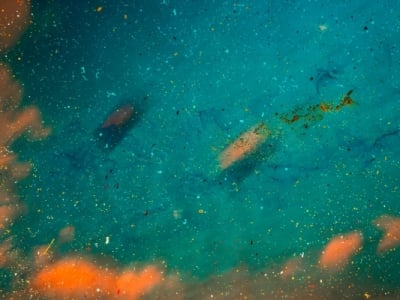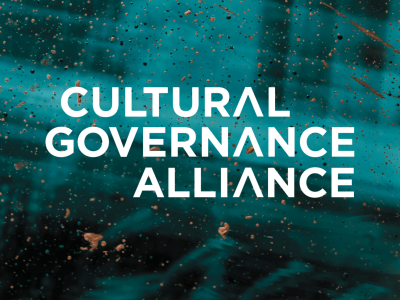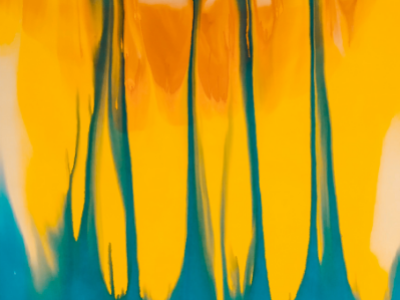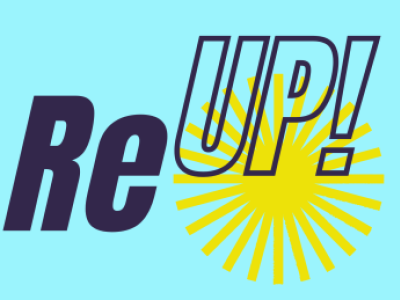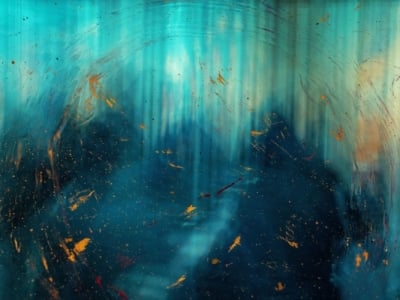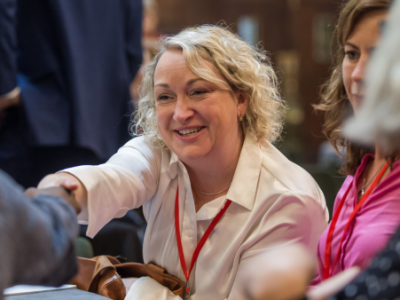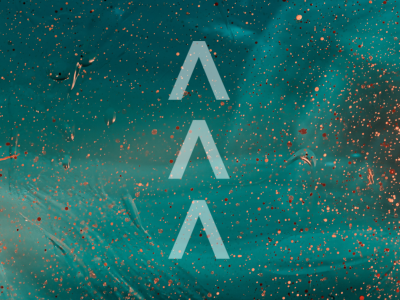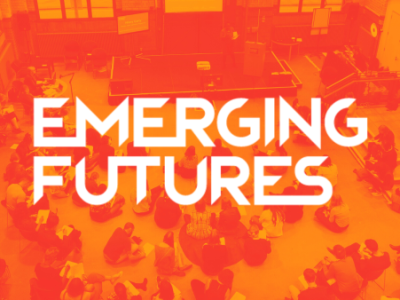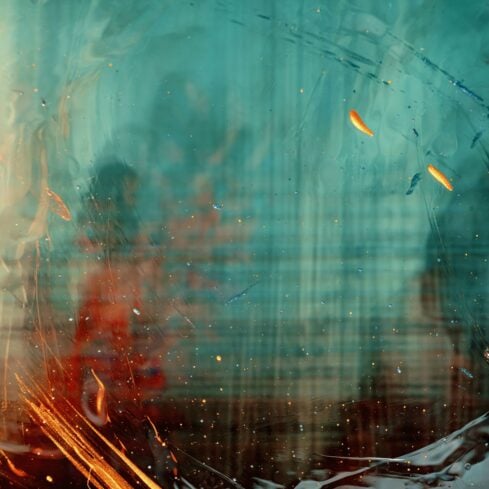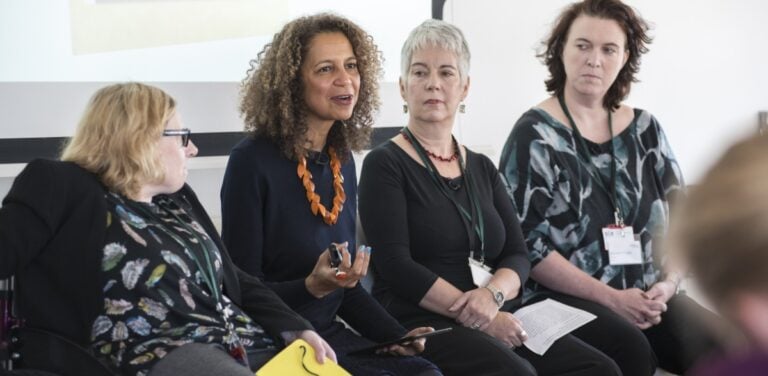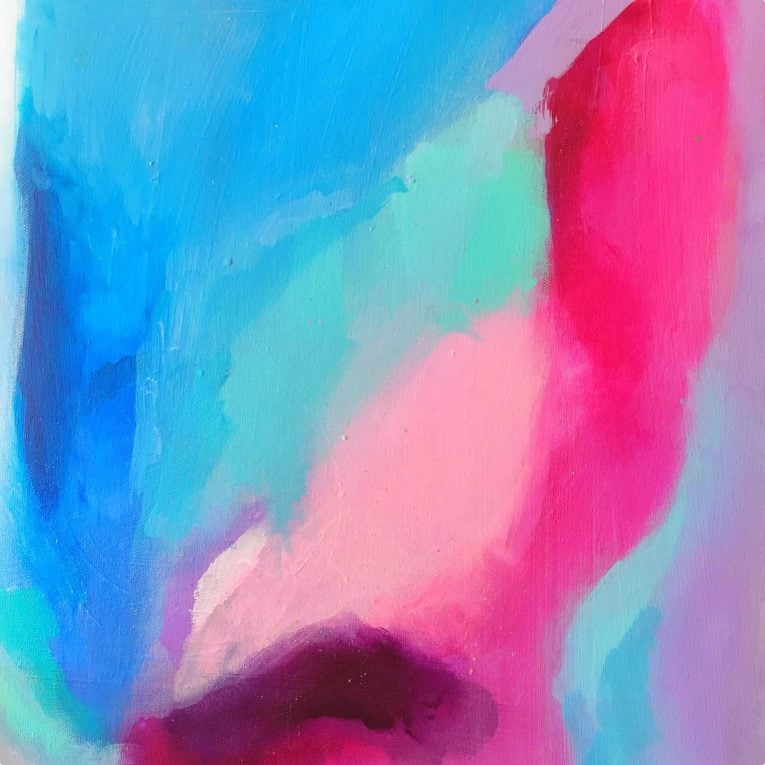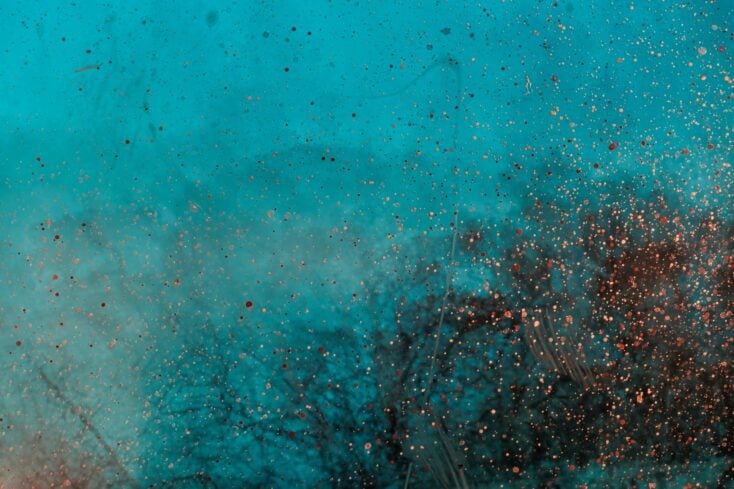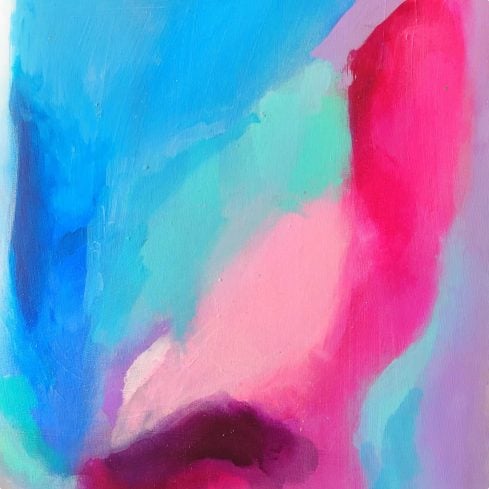Brilliance Map: Reyahn King, CEO York Museum Trust
The routes into leadership for Black, Asian and ethnically diverse leaders are diverse and unique. Subsequently so are the range of skills and perspectives. Often that specificity goes unmapped. This Brilliance Map series asks leaders across the country to map their routes and share their vision of our cultural futures.
Formerly a curator of British 18th century art, and Director of Art Galleries at National Museums Liverpool, Reyahn King is now CEO of York Museums Trust. In this role, she has developed a vision for York Castle Museum that enabled the city’s residents to drive the architectural brief. She has led York’s Cultural Leaders Group in the development of York’s Culture Strategy.
Where did your career start and what were the key turning points that impacted its development?
In 1997, I curated Ignatius Sancho: An African Man of Letters 1729-1780, which was the first biographical exhibition about a black person at the National Portrait Gallery. I interpreted historic collections in a new way: today we might term it decolonising. This exhibition opened the way to a curatorial role at Birmingham Museum and Art Gallery.
Later, as Head of Interpretation and Exhibitions at Birmingham, seeing black and South Asian audiences engage with our consistently relevant programming deepened my determination to truly hear these voices.
Receiving a Clore Fellowship in 2010 gave me the tools and desire to lead better. Turning points now are for the people and organisations I work with. Most recently, the privilege of developing a vision for York Museums Trust with the whole staff team felt like the latest turning point.
What extra knowledge or insights do you feel you bring to the table as a leader of colour?
People always bring their own lived experience to the table, whether that is acknowledged or not. As a Cape Malay Muslim and a former curator, it feels natural to address any historic or cultural injustices and to ensure diverse programming.
I hope being a leader of colour also makes me more alert to my own potential oversights and bias. I try to listen openly to community members’ aspirations and criticisms. I’m compelled to work to ensure that my organisation is actively inclusive in its internal and external practices. York Museums Trust is on a journey to get there.
What two or three innate strengths do you find yourself most drawing on in your day- to-day work?
I try to view things as learning opportunities and am imaginative under pressure. My honesty builds trust; my team know where they stand, and they are honest with me too. The teamwork we have been able to continue through Covid19 has made these challenging times so much better than they might have been. I have learnt to mitigate the honesty with a smattering of diplomacy over the years. I often need to exercise that to advocate for culture. My team tell me that I have a knack for finding the right words to express a situation.
How would you define the culture you hope to create and how do you go about creating it?
I create an inclusive culture which generates new and shared visions. I value excellence and aesthetics, so building on York Museum Trust’s tradition of good data and high standards enables continuity. It’s important to recognise the achievements of the people you are joining and the place you come to as a leader, as well as where you want to go. We are shifting the culture together. Fairness, active anti-racism, and anti-discrimination must be the baseline. I want all staff and volunteers to feel valued and responsible. I’m taking a systemic approach to build an inclusive culture of conversation and coaching. The relationships, collaborative working, openness, and trust that I hope we model in our internal treatment of each other, is what we aim to practice in our external partnerships.
Are there other specific types of external resources that you draw on for your work?
For my own leadership development, I’m part of a local coaching circle that meets on a regular basis, to coach each other. Nationally, museums have good networks and I draw on these for all kinds of things, from advice and benchmarking, to get-togethers. Collaboration is essential. We work with specialists and people who help us engage with communities. Working with audiences to inspire, share and care for cultural heritage is our vision.
What do you hope culture in Britain will look and feel like in 20 years’ time?
I hope culture will be more representative of the diversity of the population and that Britain will have kept its ability to put on work that has an edge, a bite. For museums and culture in the regions, I hope there will be more recognition of the importance of local provision and how it contributes to the creative industries and Britain’s economic success.
Perhaps most of all, I hope that the government and funders will continue Arts Council England’s current work encouraging and enabling organisations to support artists. We need to get to a point where artists are no longer the people who invest the most in the arts themselves, through doing unpaid work as the only way to achieve their projects. I want to see anyone with talent be able to become an artist, regardless of their economic position.
Themes Inclusive Leadership Practice Qualities of Leadership
